 I have promised to take you through the whole process of seed to garment with flax this year. You start with getting seeds in the ground, then once harvest occurs—which is about 100 days from planting—a whole lot more needs to happen before you have fiber to spin. Nevertheless, I have decided to jump right to spinning. You can learn to spin flax fiber you have bought while you are waiting for the harvest. That is what I did starting out. When it is closer to harvest, I’ll write about what to do next.
I have promised to take you through the whole process of seed to garment with flax this year. You start with getting seeds in the ground, then once harvest occurs—which is about 100 days from planting—a whole lot more needs to happen before you have fiber to spin. Nevertheless, I have decided to jump right to spinning. You can learn to spin flax fiber you have bought while you are waiting for the harvest. That is what I did starting out. When it is closer to harvest, I’ll write about what to do next.
Whether you are going to spin flax or cotton, it is always a bit different working with “store bought” fiber, rather than with your homegrown fiber. However, any experience you have with whatever fiber you can acquire will be beneficial. Lacking homegrown flax, you can buy flax to spin in either strick form, also known as line flax, or roving. A strick is what you will have from your homegrown flax. It is long flax fibers, just as it would come from the hackles. You will learn about hackles in a future post. You need to keep those fibers manageable while you are spinning, and that is the part that was daunting to me at first, until I learned that all I needed to do was to hang them up like a ponytail and pull fibers from the bottom to spin. You can see in the photo that I hang a flax strick from a fancy stand that I believe held a lamp long ago. I thought it was interesting when I found it in someone’s barn, not knowing that I would put it to use as a distaff.
 A distaff is what is used to hold fibers for spinning. You might have seen photos of traditional distaffs with flax fibers surrounding a core with a ribbon holding everything in place. In the Flax to Linen class at the John C. Campbell Folk School I learned to spread the fibers from a flax strick out and fill a distaff. This photo was taken during that class. Some distaffs are shorter and made to be portable. The spinner puts one end in her/his belt or pocket, supporting the rod with their arm, as they spin on a spindle.
A distaff is what is used to hold fibers for spinning. You might have seen photos of traditional distaffs with flax fibers surrounding a core with a ribbon holding everything in place. In the Flax to Linen class at the John C. Campbell Folk School I learned to spread the fibers from a flax strick out and fill a distaff. This photo was taken during that class. Some distaffs are shorter and made to be portable. The spinner puts one end in her/his belt or pocket, supporting the rod with their arm, as they spin on a spindle.
That was interesting and traditional, and I am sure it has some advantages, but hanging up the flax ponytail is a lot easier. A ribbon can still be added if you like. A simple free-standing distaff can be made from a long dowel or broom handle mounted on a base. A knob on top will give you something to tie the flax to. In her book The Practical Spinner’s Guide: Cotton, Flax, and Hemp, Sephanie Gaustad suggests putting a broom into a Christmas tree stand for a distaff. You could even hang a flax ponytail from a nail in the wall.

Turkish spindle with flax roving.
When I spin at home with my Louett S10 wheel, I use the set-up you see in the first photo. That spinning wheel was a gift from a friend who no longer needed it. I didn’t shop around and choose it for spinning flax. When I spin flax away from home I spin on a spindle; more specifically, a Turkish spindle. There are many kinds of spindles you could use, but I chose this one because I was in need of a spindle for flax when I visited the Woolgatherers store in Wisconsin and found this one made by a local woodworker from local wood. Furthermore, the woodworker’s name was Scott Snyder—same name as my brother in Ohio, who is also a woodworker. My brother makes rocking horses and other rocking things. I think Turkish spindles are great because they come apart, leaving you with your ball of yarn intact. You spin a length of yarn, then wind on going over two legs and under one all around (or over one and under two). Attach the yarn to the top of the spindle with a half-hitch and you are ready to spin some more.
You can make a drop spindle with a ¼” dowel, about 12” long or so, and a 2” wooden wheel, such as you would find in a craft store. If you put a hook in the end of the dowel, you don’t have to bother with the half hitch at the top when you are spinning. Once you spin a length of yarn, you wind it on the dowel, then spin some more.
Although I spin cotton clockwise (Z twist), I read in Linen: From Flax Seed to Woven Cloth by Linda Heinrich that flax fibers naturally spin counter-clockwise (S twist), so I spin flax counter-clockwise. To tell the truth, I never took the time to notice the natural spin of flax. You can spin either way, as long as you remember which way that is and always do it the same.

Turkish spindle with flax strick.
The flax you buy to spin might be in roving form (above photo), which is sort of an untwisted rope. Cotton spinners may be familiar with cotton roving. The fibers in roving, which is machine prepared, are shorter than line flax. When I was first learning I bought flax roving from Paradise Fibers and a strick from Woolgatherers. At first I thought that the roving would be easier. I left it wound up in the bag it came in and pulled from there. I put the flax bag inside a shoulder bag so that it was hanging at my side and spun it on my Turkish spindle. However, the more I worked with the line flax, the better I liked it. Also, the line flax was what I would be working with once I grew my own. I learned that I could fold a towel around the line flax and lay it in my lap while I spun on my spindle. Of course, if I am walking around, like I tend to do at a handspinning meeting, I need to drape the towel over my arm or put in my shoulder bag hanging at my side.
It is best to moisten flax with water or saliva while you are spinning it. It will help to make it smooth, avoiding a hairy appearance. Traditionally, a spinner would lick her/his fingers while spinning to provide the moisture. Although I have used the saliva method, and like the idea of my enzymes being added to the fiber, I usually spin at the wheel with a dish in my lap holding a rag moistened with water or, if I am moving around with the spindle, I attach a cup to my belt loop with a small carabiner to hold the moistened rag.
I hope these tips will help to get you started spinning flax. Practice now and you will be ready when you have your own homegrown fiber to spin
.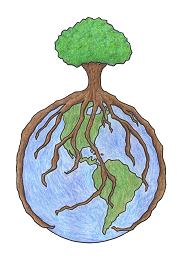
Read Full Post »
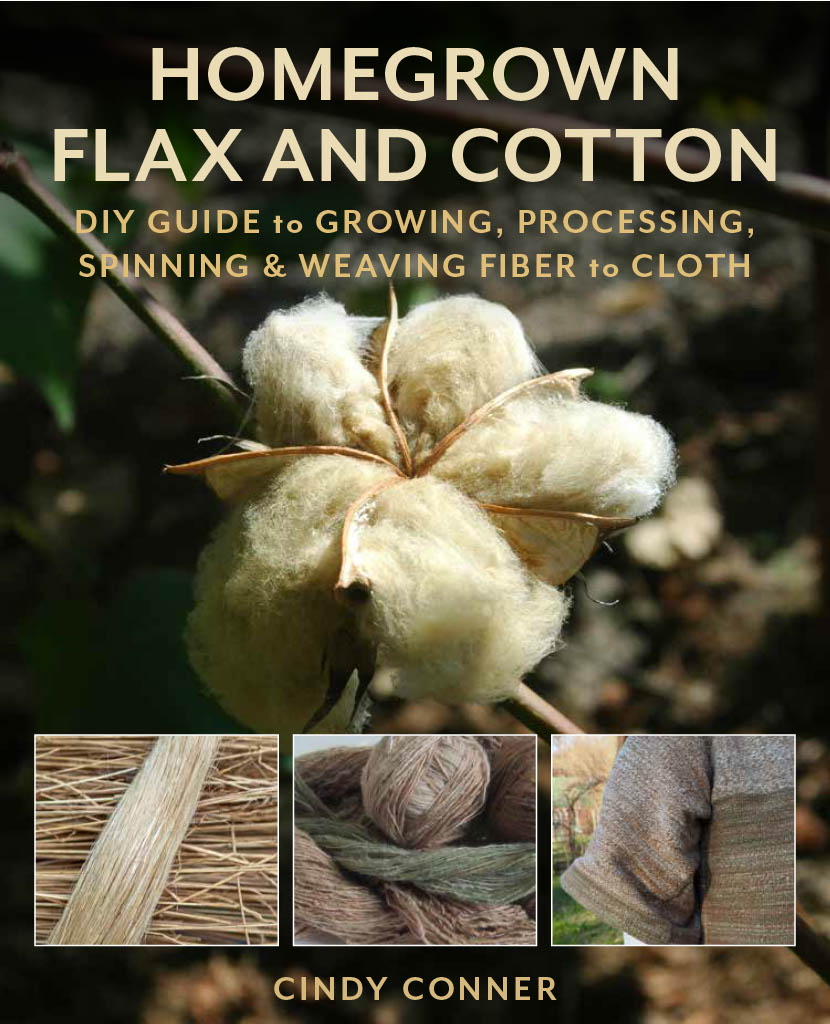
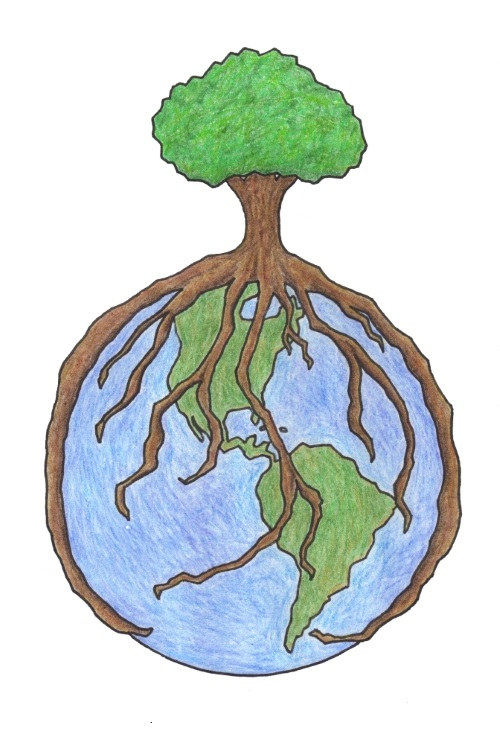
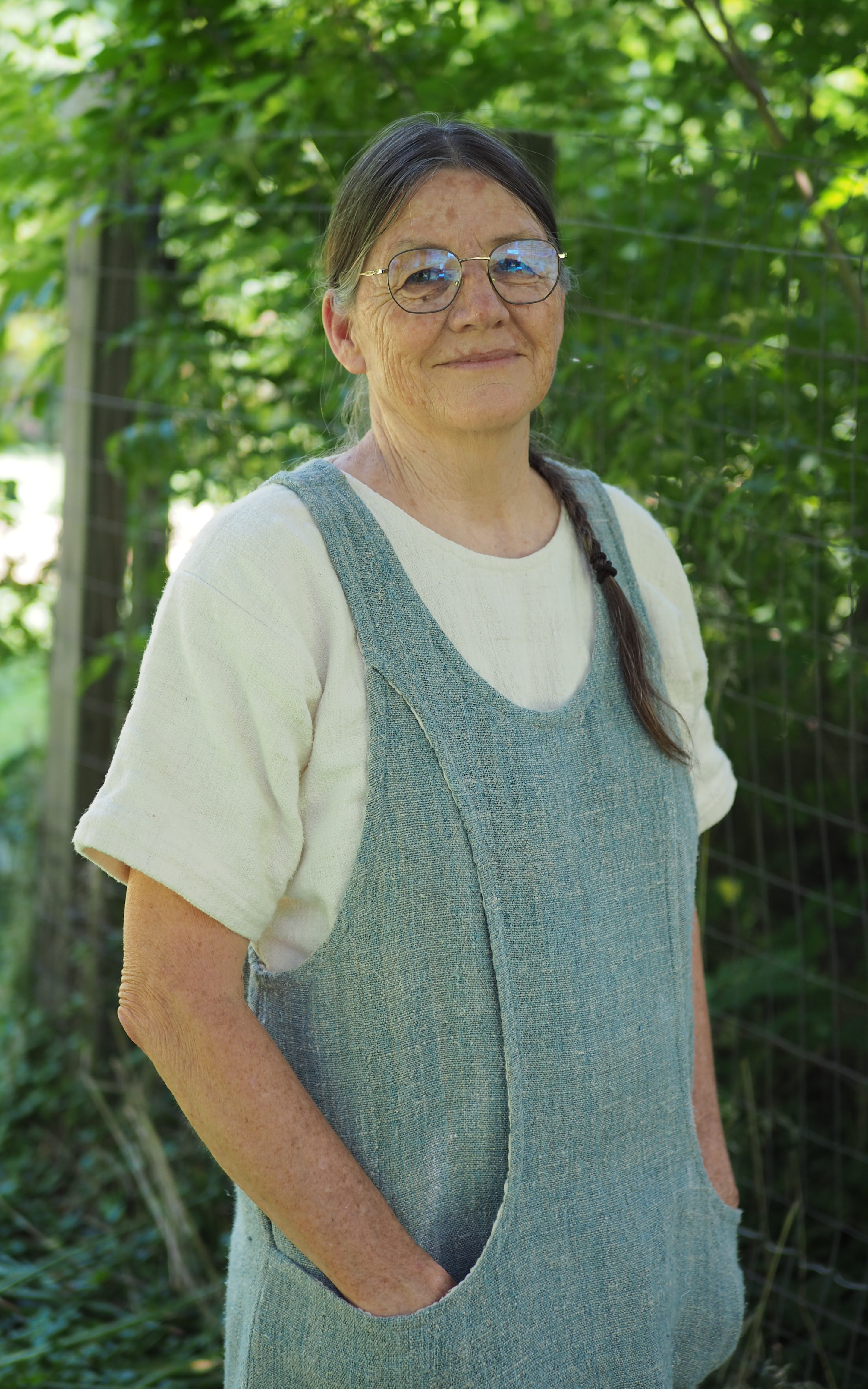
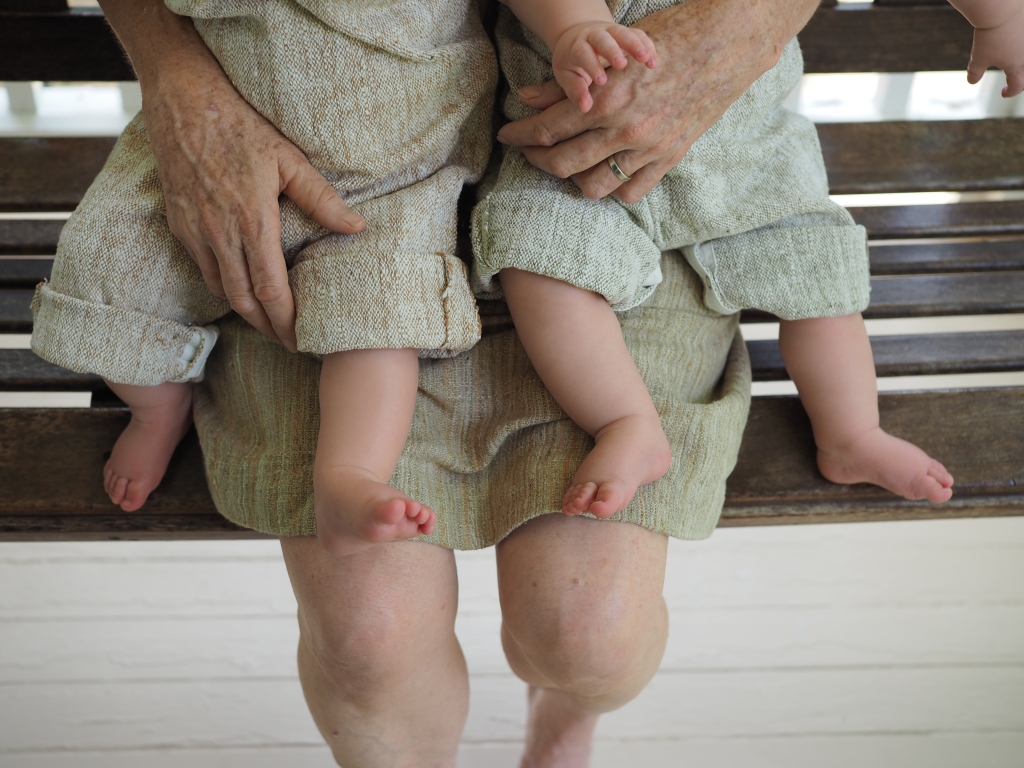



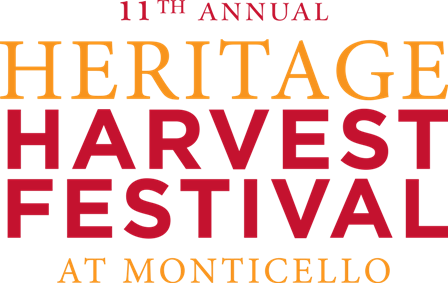 The
The 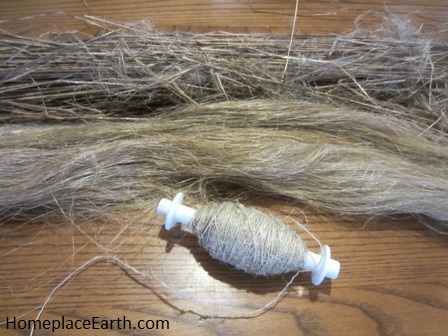
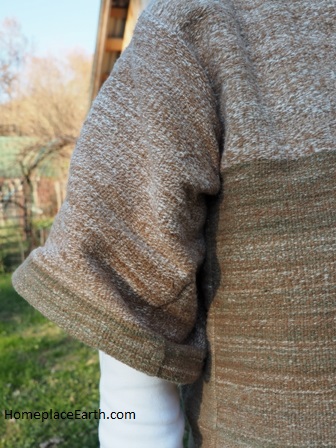

 I have promised to take you through the whole process of seed to garment with flax this year. You start with getting seeds in the ground, then once harvest occurs—which is about 100 days from planting—a whole lot more needs to happen before you have fiber to spin. Nevertheless, I have decided to jump right to spinning. You can learn to spin flax fiber you have bought while you are waiting for the harvest. That is what I did starting out. When it is closer to harvest, I’ll write about what to do next.
I have promised to take you through the whole process of seed to garment with flax this year. You start with getting seeds in the ground, then once harvest occurs—which is about 100 days from planting—a whole lot more needs to happen before you have fiber to spin. Nevertheless, I have decided to jump right to spinning. You can learn to spin flax fiber you have bought while you are waiting for the harvest. That is what I did starting out. When it is closer to harvest, I’ll write about what to do next. A distaff is what is used to hold fibers for spinning. You might have seen photos of traditional distaffs with flax fibers surrounding a core with a ribbon holding everything in place. In the Flax to Linen class at the
A distaff is what is used to hold fibers for spinning. You might have seen photos of traditional distaffs with flax fibers surrounding a core with a ribbon holding everything in place. In the Flax to Linen class at the 









